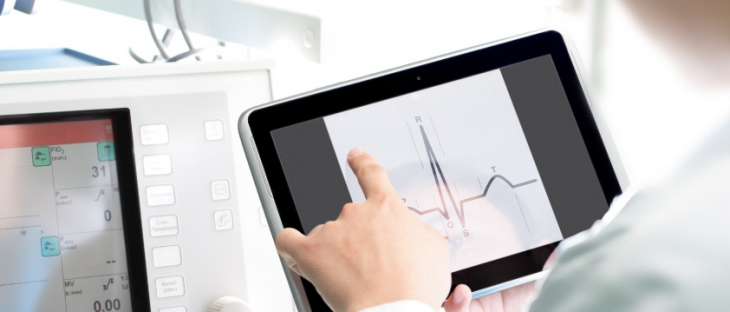5 steps to a paperless hospital

Extinguishing all sorts of paper from a hospital is not an easy task, but it is not impossible. It is more than just scanning medical records. A paperless hospital has the entire process of a patient made online, that is, everything is monitored in real time, from the moment the patient is admitted up to the medical discharge. In addition to streamlining the service, the project can be implemented in stages and reduce costs incurred in the purchase of supplies and the consumption of electricity. See below the five steps to enable a “paperless healthcare” project.
1 – Mapping of processes and workflow
A hospital or clinic service starts generating information as soon as the patient checks in at the reception. Mapping the workflow and the patient’s trajectory within the institution will make it clear to the managers the amount of paper generated and the processes that can be automated. In this case, a hospital management software combined with consulting services will enable the implementation of the project.
2 – Acquisition of hardware and software
For the institution to be able to provide healthcare without using paper, it requires the entire scanning in both the healthcare area (Emergency Unit, Hospital Admission, Operating Room, ICU and technical areas such as blood bank, clinical laboratory and pharmacy), and administrative areas (finance, human resources, accounting and legal). For this, the hospital may choose to purchase the equipment required or hire a company that outsources this option, called IT outsourcing.
3 – Implementation of Electronic Patient Record system
In addition to acquiring new computers, printers and servers (or outsource the workstation), it is necessary to purchase a EPR software (Electronic Patient Record). It can automate all processes in the hospital admission and accommodation systems, drug delivery and pharmacy, and eliminate all paper documents, such as medical and control records of patients and hospitalizations.
4 – Training
A change of culture is essential to the success of the project. Without paper, it is necessary to know how to operate the systems that store the medical records and patient information. For this, all employees involved in the process should undergo a periodic training on the technological systems and new practices required in the project.
5 – Digital certification
In an environment where documents are no longer perishable, the information must be reliable and the access to patient data needs to be online, digital certification is essential. In addition to providing legal guarantee to electronic documents, it offers security gains for physicians and, together with the electronic medical record, it greatly reduces printing costs. The implementation of SOUL MV ensured Hospital Unimed Recife III a paperless operation. All consultations are registered in the electronic patient record, digitally signed with digital certificates, allowing the standardization of processes, integration of areas and better monitoring of the performance indicators of the institution. Click here and read more